Google Photos no longer saves photos for free, refer to 3 suitable storage solutions?
Google Photos is an image storage service that is quite "popular" because it is not only the default sync platform on Android smartphones, but above all, if users upload photos with Google's High Quality compression format, they will not. Storage limit.
However, recently Google Photos has suddenly announced that on June 1, 2021 it will start charging storage fees for accounts using the original default 15GB limit, ending the "free" days. of this service.
Even existing Google Pixel smartphone users have been notified of the loss of this privilege. As can be seen, the time has come for users to become familiar with paid hosting services to gain the ability to access and use data remotely.
1. Use of Cloud Storage Services
The announcement of fees by Goolge Photos in addition to the reasons for maintaining the service can also be seen as a move by Google to encourage users to sign up for the Google One "homegrown" cloud storage solution. The advantage of this service is that it provides free data storage up to 15GB including for Google Drive, Google Photos and Email.
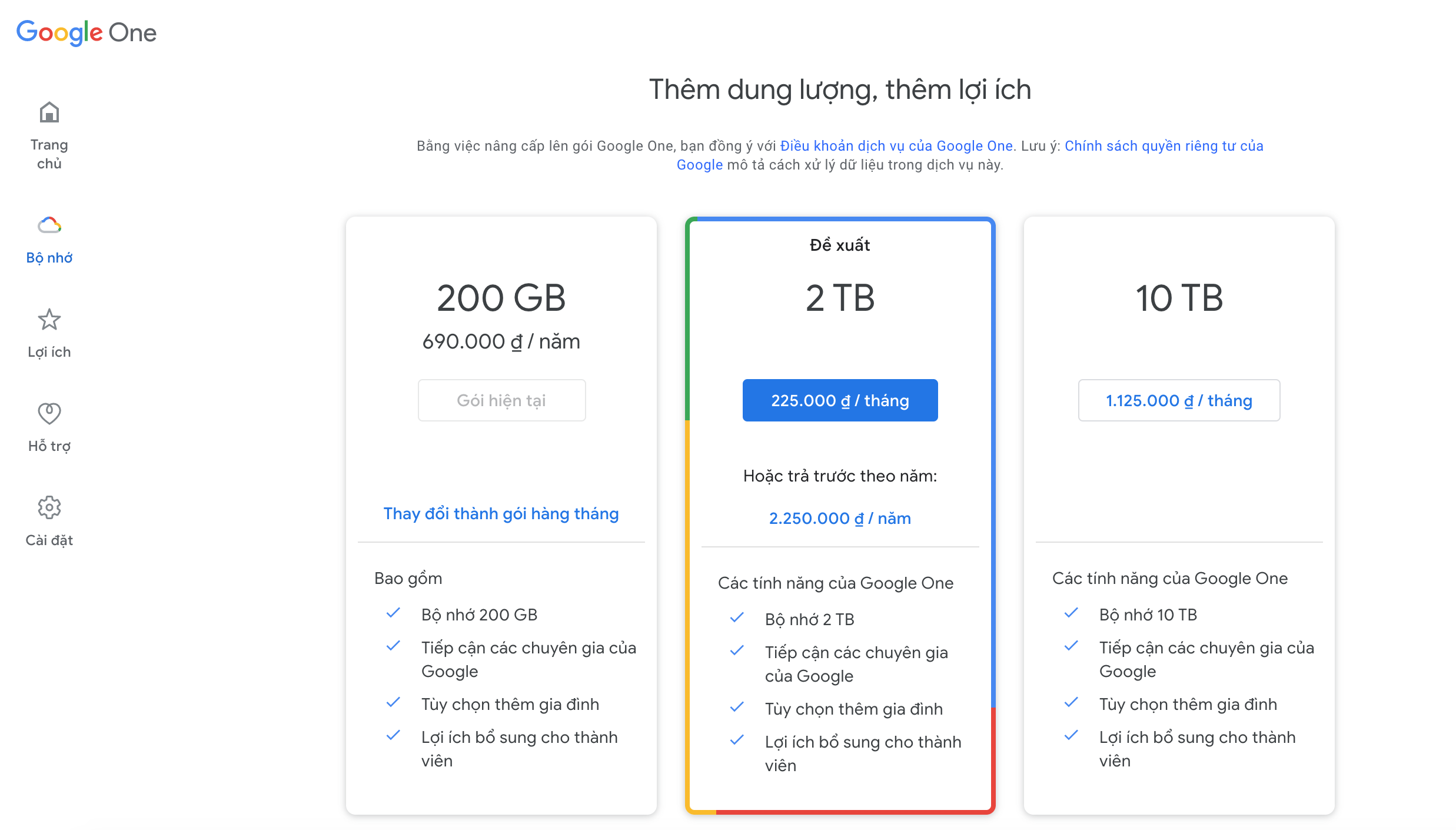
This is considered a "generous" number when most other free services are around 2 to 5GB of data. Besides, it supports applications, including 3rd party and is compatible with most devices Android, iOS, Windows. However, the disadvantage of this service lies in the inability to automatically synchronize data from the computer as well as the web interface is not really user-friendly. In return, Google for the fee schedule is quite comfortable.
Referring to Google, it is impossible not to mention the Apple iCloud when it is also the default storage service of the iPhone. Basically, except for the storage capacity like Google Drive, this service also backs up iPhone as well as syncs data with all devices in the Apple ecosystem. iCloud for each AppleID account is used 5GB of free data and can be easily expanded.
Another tech giant is Microsoft also has its own cloud storage service, OneDrive. Installed by default on Windows 10 operating systems, OneDrive also allows syncing of data across many different devices. Like iCloud, 5GB of free storage is used for each OneDrive account. If you want to upgrade to Premium, this service will have a quite reasonable fee.
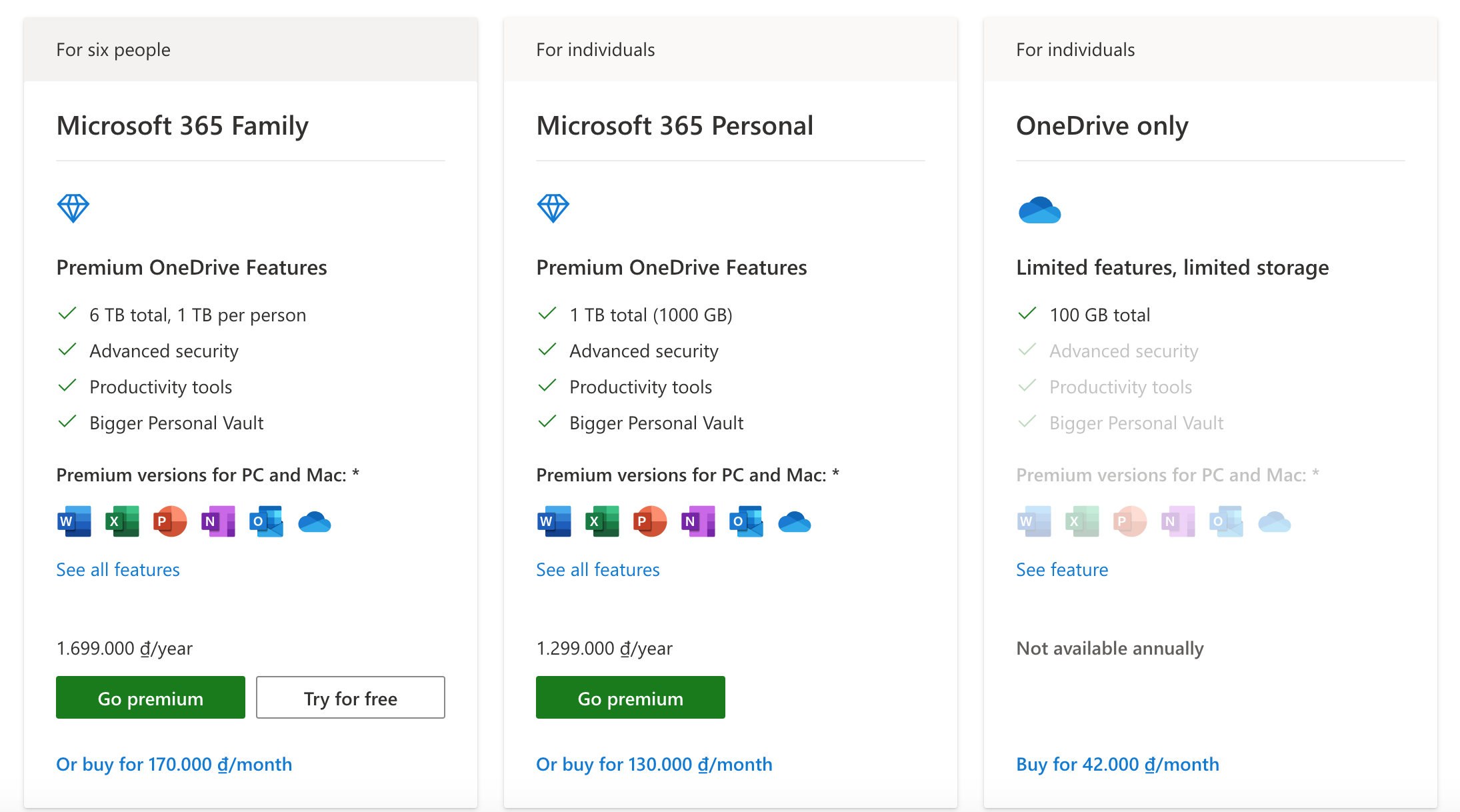
Dropbox is a quite famous storage service and is used a lot in the world. The advantage of this solution is the ability to synchronize, share and manage files very quickly and efficiently. Besides, the security and data recovery capabilities of Dropbox are also very good, so it will be suitable for the enterprise environment. The downside is that Dropbox only offers 2GB of free storage. Although users can increase this number to as high as 16GB by calling on friends to use it to achieve the title, but this is not really too good and takes time. The cost of upgrading is also a big hurdle with users of this service around $ 10 / month for 2TB of storage.
2. Use a removable hard drive
If you are afraid to sign up to use the service from time to time inconvenient and not really secure, you can find a "traditional" solution that is to use a portable hard drive HDD. In terms of capacity, it should not be said that now with just over 1 million VND, you already have about 1TB of data beside you and may be up to 5TB larger depending on the level of investment.

However, the downside of this form is that you always have to carry a hard drive with you, which is quite inconvenient with it, if you lose or lose the device, it will be a disaster. Besides, speed is also a minus point for those who prefer it to be quickest, especially when using large files.
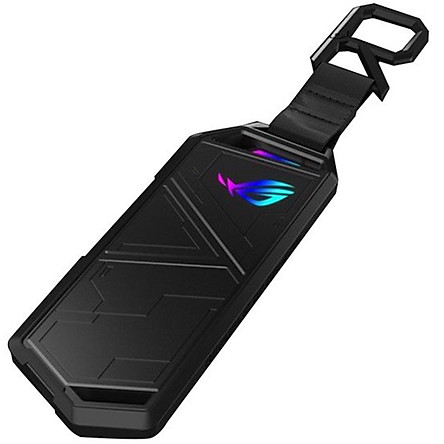
You can think of a portable SSD solution for faster read and write speeds and also a lot more compact. Using an SSD box like the ASUS Arion and adding an SSD M2 hard drive is a very useful combo. However, the investment cost of an SSD is quite high if you need a large amount of storage capacity.
3. Set up a NAS (Network Attached Storage) system at home
At the moment, it is quite easy for you to create your own "cloud service" at home using dedicated devices that support network-capable NAS. Simply put, you will have a hard drive that can automatically access the Internet allowing access and use of data anywhere as long as there is a network.
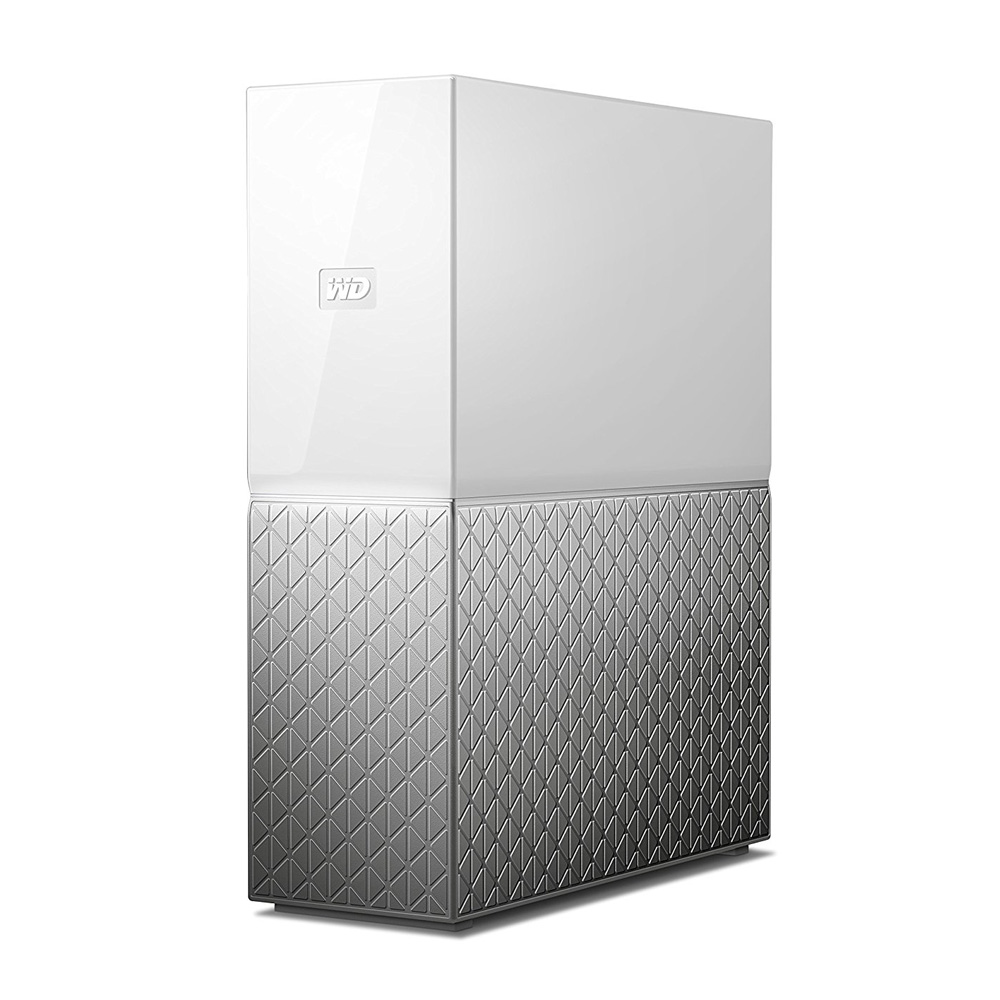
Western Digital is not only famous in the mobile hard drive or the internal hard drive, it also brings cloud solutions at home with the My Cloud Home product line.
You can choose between fixed capacity NAS hard drives or a NAS device that allows for capacity expansion depending on your budget. Most devices support applications on computers as well as phones with protocols to access and high data security. With an investment of over 4 million VND, quite high compared to the storage capacity, but in return you have a "cloud" hard drive at home.
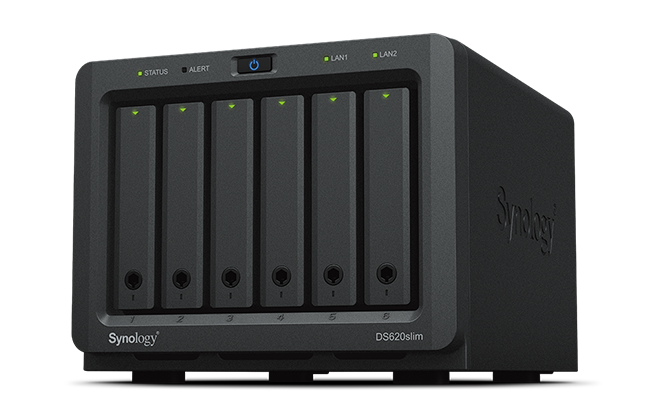
Synology is also the name chosen by many users because it has a very intuitive storage and access interface, no different from cloud solutions from Google or Microsoft.
Using storage services, traditional portable hard drives, or NAS has its advantages and disadvantages. Most importantly, you need to understand what you want and whether these solutions really fulfill it. From there, you can find out what is the right choice.
You should read it
- Will Google Drive back up photos and videos instead of Google+?
- How to move photos and videos from Google Drive to Google Photos
- Google Drive 4,2021.46200, Download Google Drive here
- How to store photos online with Google Photos and OneDrive
- How to move photos from Picasa to Google Drive
- Instructions for using Google Photos on Windows 10
- Use Google Photos to store unlimited photos
- Trick to clear cache Dropbox, OneDrive and Google Drive
May be interested
- Top 5 best cloud storage services 2020
 top 5 best cloud storage services 2020. when using a cloud storage service, you will no longer have to spend money on infrastructure hardware investment. this not only saves you money, saves space, but also makes the system tran
top 5 best cloud storage services 2020. when using a cloud storage service, you will no longer have to spend money on infrastructure hardware investment. this not only saves you money, saves space, but also makes the system tran - Instructions for using Google Photos on Windows 10
 along with google's cloud storage service, google photos will help users to back up, sync and access images available on google photos anywhere or any device.
along with google's cloud storage service, google photos will help users to back up, sync and access images available on google photos anywhere or any device. - 6 solutions to replace the best Google Photos
 google photos is one of the best photo apps for smartphones today. with unlimited memory, smart ai automatically stores photos and an integrated image editor makes it a winner, but that doesn't mean it's perfect.
google photos is one of the best photo apps for smartphones today. with unlimited memory, smart ai automatically stores photos and an integrated image editor makes it a winner, but that doesn't mean it's perfect. - Use Google Photos to store unlimited photos
 google photos service provides unlimited photo storage, videos and auto-uploading apps for android, iphone, windows, and mac. previously, it was in google+, but now it's separate from a new interface that you only need a google account to use.
google photos service provides unlimited photo storage, videos and auto-uploading apps for android, iphone, windows, and mac. previously, it was in google+, but now it's separate from a new interface that you only need a google account to use. - Google allows the iPhone to store unlimited original quality photos for free on Google Photos, but Pixel 4 does not
 google allows the iphone to store free unlimited photos at original quality, will help the company does not waste storage space and processing power.
google allows the iphone to store free unlimited photos at original quality, will help the company does not waste storage space and processing power. - How to save photos to Google Photos
 google photos offers unlimited cloud-based storage, making it easy to back up photos from any device.
google photos offers unlimited cloud-based storage, making it easy to back up photos from any device. - Google Photos: The price of free?
 the google photos app allows you to save unlimited high-quality photos and even for free. many people still say nothing in the world is free. so what is the price of this 'free'?
the google photos app allows you to save unlimited high-quality photos and even for free. many people still say nothing in the world is free. so what is the price of this 'free'? - How to transfer photos from Google to Amazon Photos
 many people, even those who have signed up for amazon prime, don't realize that amazon also has an unlimited free photo storage tool.
many people, even those who have signed up for amazon prime, don't realize that amazon also has an unlimited free photo storage tool. - How to free up space in Google Drive
 google gives users 15gb of storage, but that storage space isn't just for documents. depending on the data you store online, that 15gb might 'evaporate' quickly. let's take a look at some of the following ways to free up google drive space.
google gives users 15gb of storage, but that storage space isn't just for documents. depending on the data you store online, that 15gb might 'evaporate' quickly. let's take a look at some of the following ways to free up google drive space. - Some video formats are no longer stored endlessly on Google Photos
 according to the latest notice from google, from december 6, some video formats that the company does not support will no longer be stored without counting the capacity even if you compress it.
according to the latest notice from google, from december 6, some video formats that the company does not support will no longer be stored without counting the capacity even if you compress it.









 Microsoft confirmed the error could not delete the Windows.old folder on Windows 10
Microsoft confirmed the error could not delete the Windows.old folder on Windows 10 Google Photos will not allow saving photos for free starting June 2021
Google Photos will not allow saving photos for free starting June 2021 Secretary of State Mike Pompeo arrives in Vietnam: 'It's wonderful to be back in Hanoi'
Secretary of State Mike Pompeo arrives in Vietnam: 'It's wonderful to be back in Hanoi' Android vs iOS comparison: Which operating system is better?
Android vs iOS comparison: Which operating system is better? The 10 greatest PC games of all time
The 10 greatest PC games of all time How to leave Windows Insider Program to unsubscribe from the account
How to leave Windows Insider Program to unsubscribe from the account